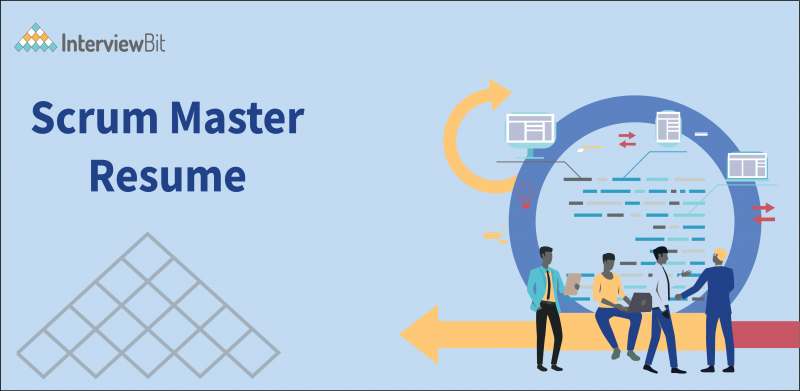A Scrum Master is a professional who uses Agile project management methodologies to guide a team through a project. To produce a successful output, a Scrum master fosters all communication and collaboration between leadership and team members. The primary distinction between a Scrum Master and a project manager is the focus on which they work. Project managers are primarily concerned with the project’s outcome, which includes the budget, timeline, resources, and team communication. A project manager concentrates on the project whereas a Scrum Master concentrates on the team, taking steps to ensure that the team as a whole and individual team members succeed.
A Scrum master’s job is to champion a project, teams, and team members through Agile project management. Scrum masters work in a variety of environments, therefore your tasks and responsibilities may vary. Depending on your position, you may be called upon to serve as a facilitator, coach, or project manager. Your responsibilities will vary from day to day, but they may include:
- Daily stand-up meetings, reviews, demos, and other project-related meetings are all led by you.
- Assisting team members with their responsibilities
- Scrum principles and best practices are being taught to the team.
- Promoting open dialogue and conflict resolution
- Identify and resolve issues before they become a problem.
- In a project management tracking application, updating activities
In today’s competitive professional job market, a resume is frequently required to advance further in the interview process. An effective resume will demonstrate to employers why the individual is a good fit right away. When looking for a new job, here are some reasons why you should have a resume. The following items should be included in a quality resume:
Confused about your next job?
- Make a list of your relevant experience and abilities.
- This section highlights the advantages you bring to businesses.
- Attracts potential employers’ attention.
- It matches you with the appropriate employment.
When you apply for a job role at a company, the first person who looks at your resume is, well, not a human. Based on keyword matching, companies use an Applicant Tracking System (ATS) to screen out the vast majority of candidates for a post. If you pass this stage, your CV will be reviewed by a non-technical recruiter. Finally, the technical hiring manager will look through your resume if you pass this step.
How do you write a CV that will get you past all three of these stumbling blocks and into that first interview? That is precisely what this tutorial is designed to help you with!
In this blog post, we’ll discuss the following topics:
Let’s get started on developing the Scrum Master resume you’ll need to kick-start your profession without further ado!
Scrum Master Resume:
Let’s take a look at each of the components of the resume one by one.
Candidate Information:
This section does not necessitate any creativity, but it does necessitate factual correctness. This area is really important; the last thing you want is an interested recruiter who wants to interview you but can’t reach you! As a result, before submitting your resumes, you should always double-check this part. You should include your contact information as well as your social media activities on sites like Linkedin, Stackoverflow, Medium, and others.
The elements you must include in this section are as follows:
- Candidate’s Name – Always use your full legal name instead of a nickname.
- A heading statement that specifies the employment role/profile for which you are applying. In this situation, it would be “Scrum Master”.
- Information about yourself, such as your email address and phone numbers.
- Do you have a LinkedIn profile that you’re proud of? What are the names of your professional social media accounts? Include a link to your LinkedIn page so that others can learn more about you.
- Include further details such as country, date of birth, and current location.
Let us look at an example to understand this in a better way:
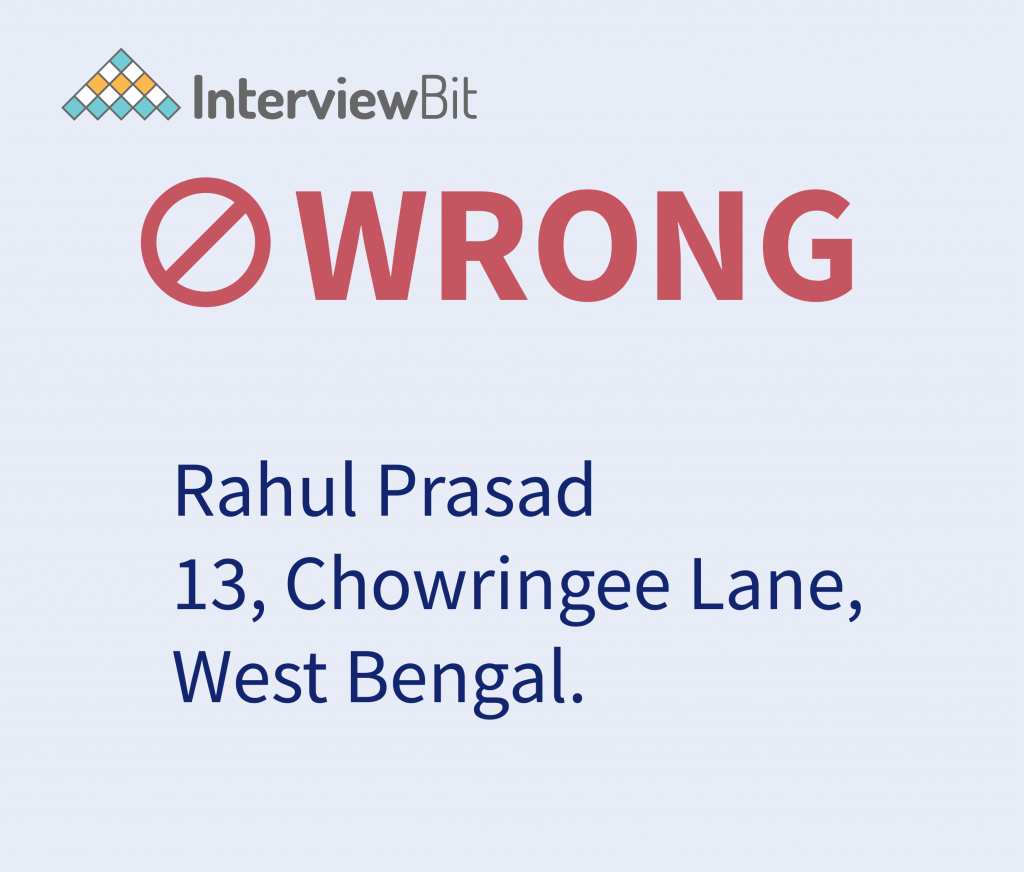
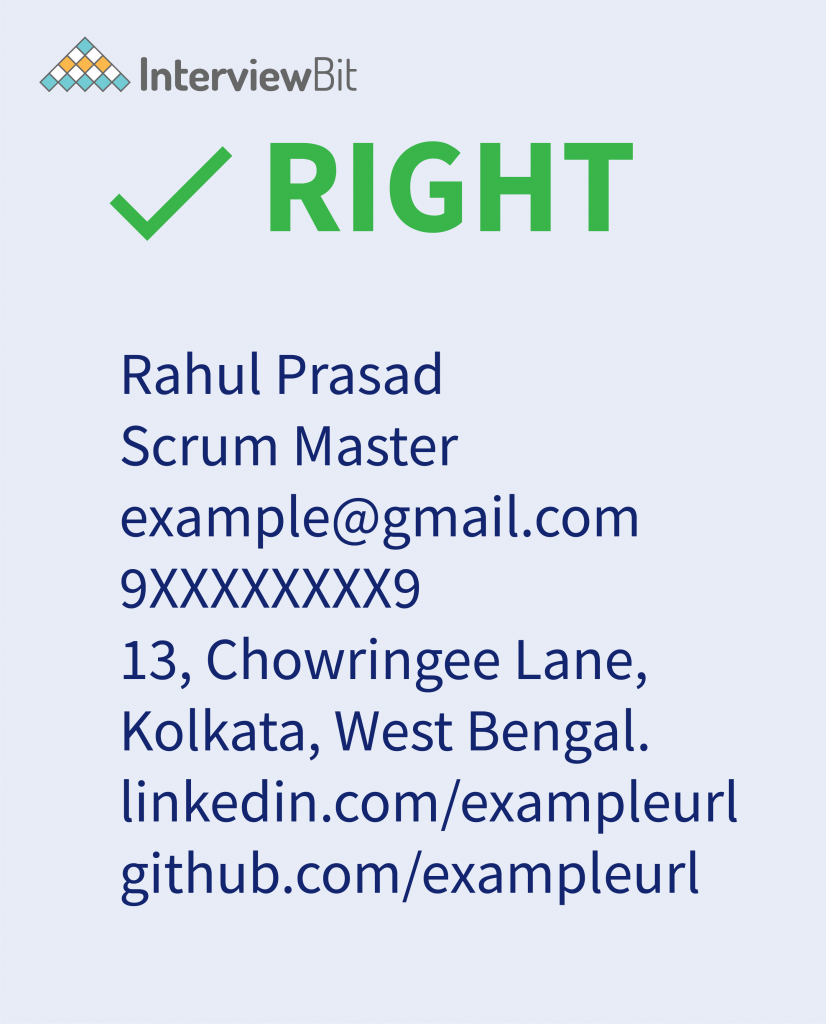
Candidate Overview:
Writing a professional summary is a crucial aspect of producing a resume. You will put yourself far ahead of the competition if you write an effective summary. Selecting the correct language persuades hiring managers that you can add measurable value to their organisation. Emphasis should be made on how you have progressed and learned new technologies throughout your professional experience in your resume. If you keep a resume summary to a maximum of two or three lines, you’ll have a lot more room to include highly relevant information. The following information must be included in a resume summary:
- First, describe how many years of scrum master experience you have and what role you played in previous companies (if applicable)
- Mention your major technical skills
- State any vital qualifications relevant to the data scientist role.
Recruiters analyse the data on this page to decide whether or not you are a good fit for their company. The key goal is to impress the selection committee to the point that they feel driven to read the best part of your resume and discover more about you. Recruiters don’t have time to go over each candidate’s whole résumé because they are swamped with hundreds of resumes in a single day. They just look at each resume for a few seconds, so pay attention to this part because it will influence whether or not you receive the job.
When creating a resume summary, active language can help you keep your sentences short and deliver information to companies more quickly. In the summary’s closing paragraph, it’s also a good idea to mention the organisation and position you’re looking for by name. Incorporating the company or organization’s name shows that you’ve tailored your resume to their industry and are interested in the position they’re offering.
To better comprehend this, consider the following example:
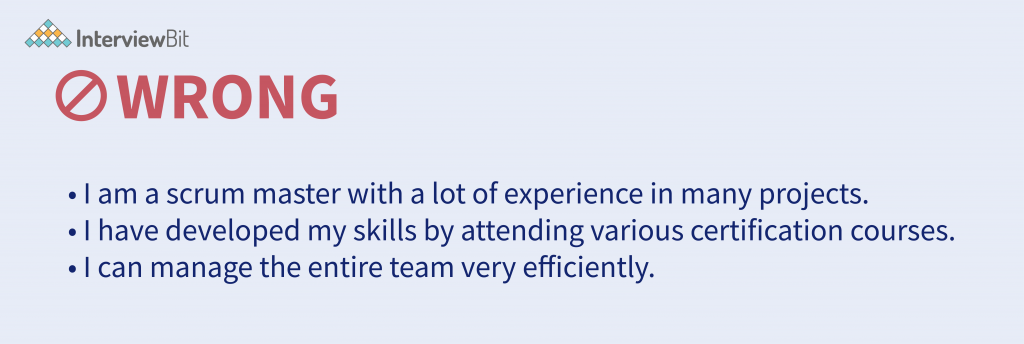

Education:
In this section of the resume, you must state your education in reverse chronological order. Unless you have a lot of experience, including information about your educational background is generally a smart idea. You should enter the name of your university for both your bachelor’s and master’s degrees (if any). You can include your CGPA if you think the figure is particularly appealing. It will strengthen the weight of your CV if you have taken a course from a respected university. Any academic achievements or honours relevant to a Scrum Master CV position should be listed in the bullet-point form beneath the name of the school or institution.

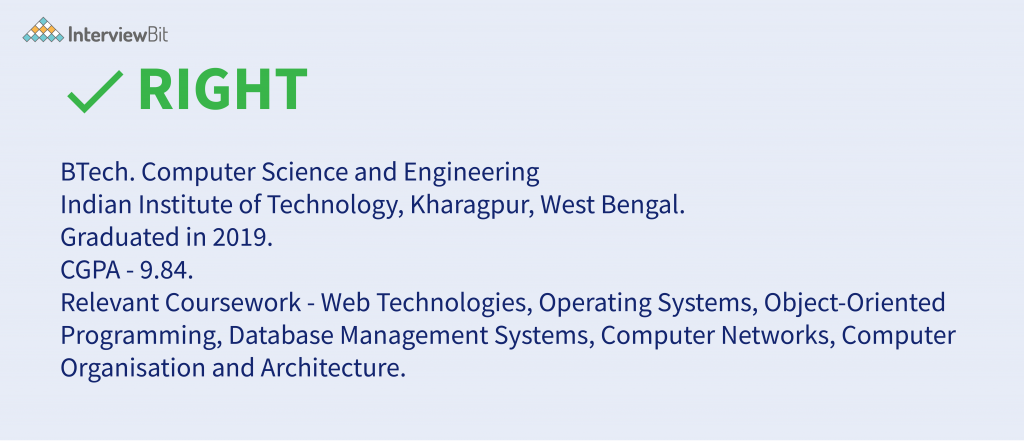
Work Experience:
This is where you should concentrate your efforts if you’re an experienced expert looking for a new job. This section comprises all of your work experience that is relevant to this position. When sorting resumes, recruiters will pay special attention to this section. If you have insufficient or irrelevant work experience, you will not be considered. You may have a lot of relevant work experience, but you also need to know how to best portray it to the recruiter.
Here are some pointers for writing the work experience portion of your Scrum Master resume:
- The recruiter doesn’t care if you logged into the system on a Sunday morning using a MacBook or an HP laptop. They just worry about the details of your job responsibilities and achievements.
- Always start with the job title, length of employment, company name, and location.
- List your job titles in reverse chronological order, starting with the most recent or current position.
- Use action words like “created,” “designed,” “performed,” and so on to begin your sentences.
- Always add a verifiable accomplishment to back up your actions, and make sure to explain how each one affected you.
The following is the fundamental format for adding your work experience:
- Position name
- Company Name
- Dates
- Responsibilities & Achievement
- Technologies Used
While you don’t have to go into great depth about your experience, you should make sure that everything appears to flow together. For recruiters and hiring managers, gaps in your work experience section of more than six months are a major red signal. If your resume has a gap like this, you should surely explain it. Make sure your job description focuses on accomplishments rather than chores. Employers are more interested in what you did than what you said you would do.
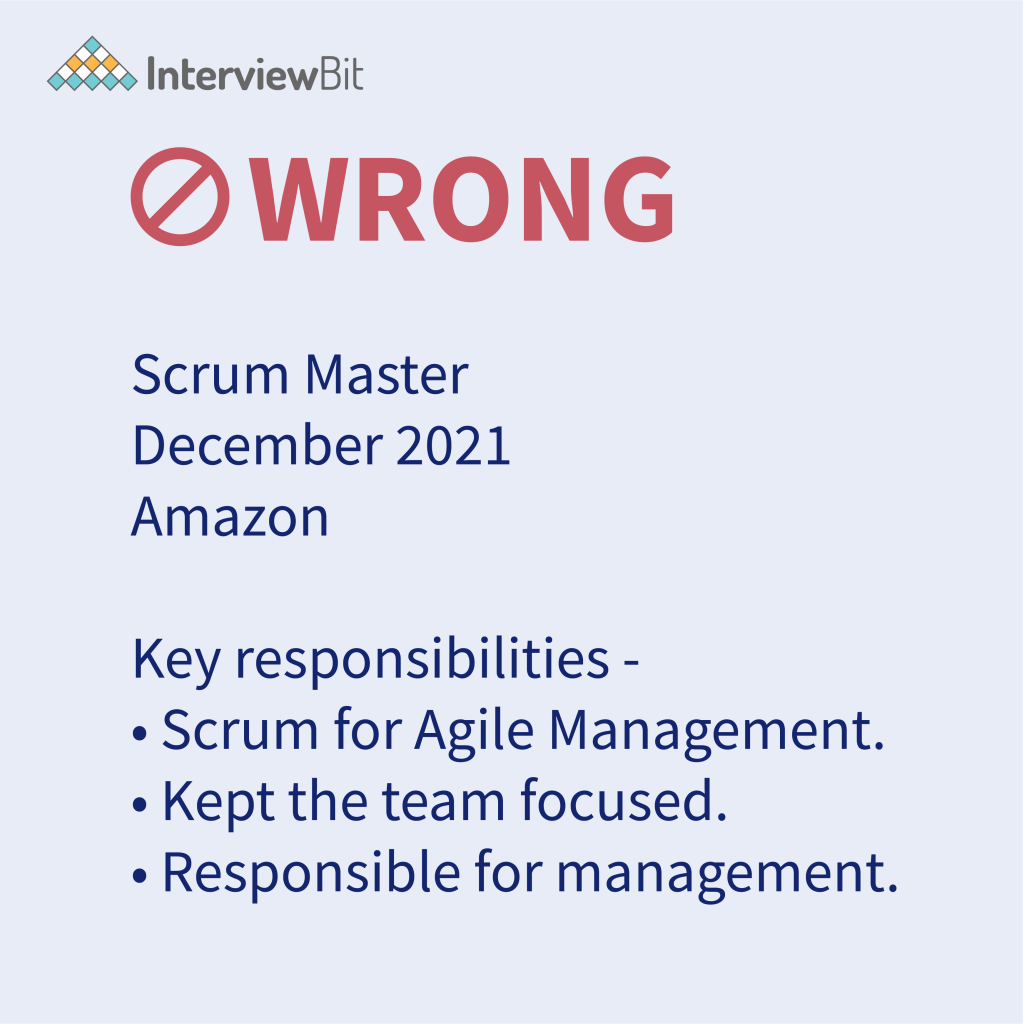
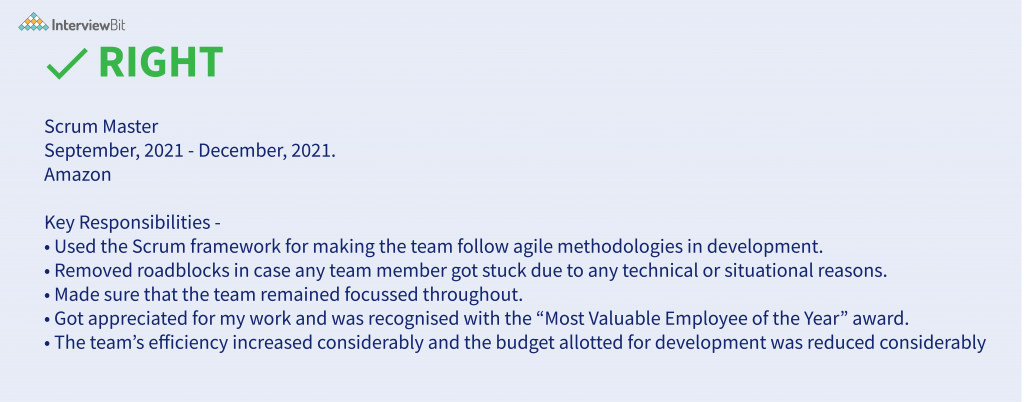
Skills to be Included:
Recruiters use this section to swiftly figure out who has it. Include only the skills that are genuinely needed. Make a dashboard using a combination of soft and technical abilities.
On a typical day, you’ll work with team members, supervisors, and clients to creatively optimise business operations using high-tech tools. As a result, the greater the variety of your skills section, the better!
Examine the job ad, then double-check that your skills section has the items specified in the ad. Of course, you don’t want to list any skills you don’t possess. Lying on your resume is a bad idea that will almost surely lead to problems in the future.
Because many companies use automatic application tracking (ATS) systems to check candidate resumes, using resume keywords on your scrum master resume is advantageous. What position do you hold in the search results? Of course, by emphasising your skills! Here’s how to go do it properly:
- Do not include a long, confusing list of generic abilities.
- Make a list of your abilities and categorise them. Although you may be able to discuss and solve problems in German, you should not write it between technical skills. In this circumstance, you can break your skill divisions into soft and hard talents for a better understanding. Soft skills include problem-solving, time management, and other personality attributes, whereas hard skills include technical expertise.
Note – Write that skills which you know, don’t overwrite it to outshine, as you will be caught in interview
- Include any tools, frameworks, or languages that you utilise to master a certain skill.
- Irrelevant skills should be avoided at all costs. You don’t need to include them in your talents section if that isn’t your job. When applying for a technical position, for example, stating “dancing” as a skill should be avoided.
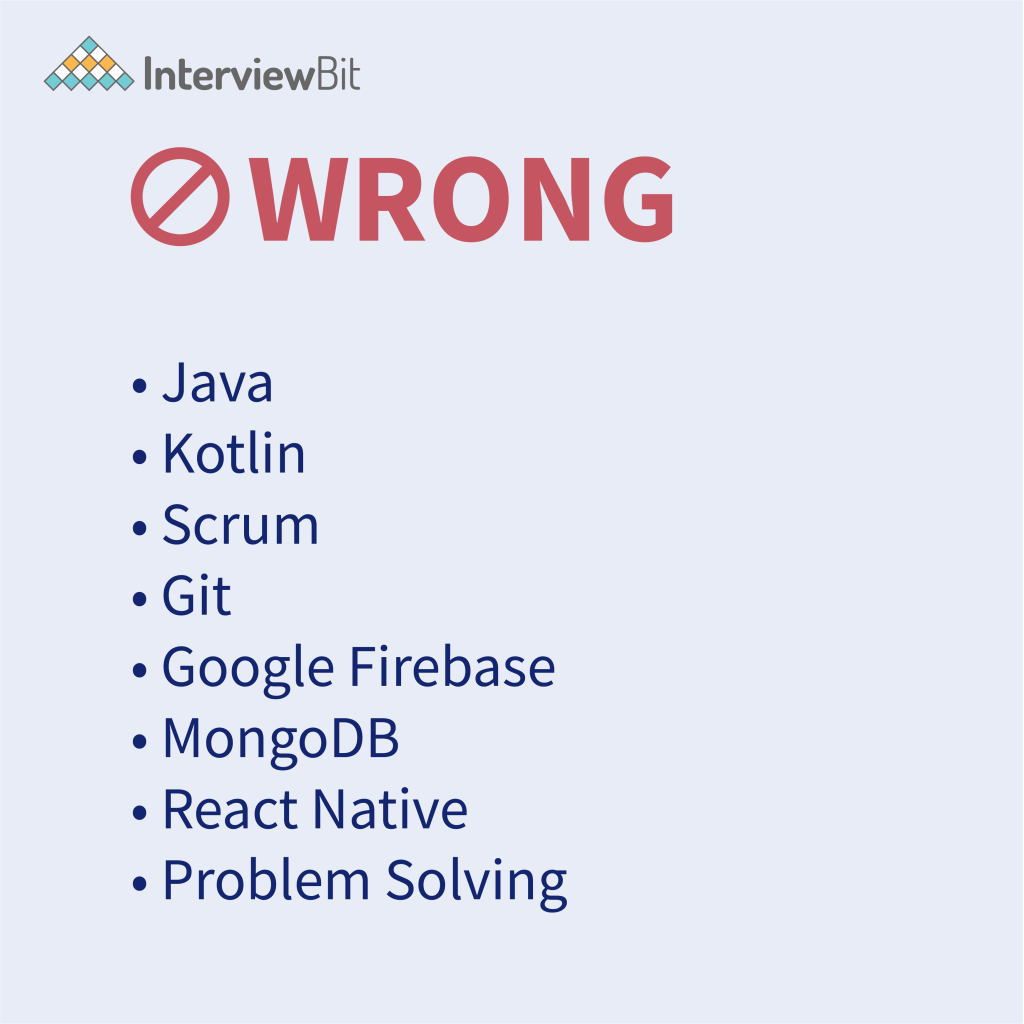
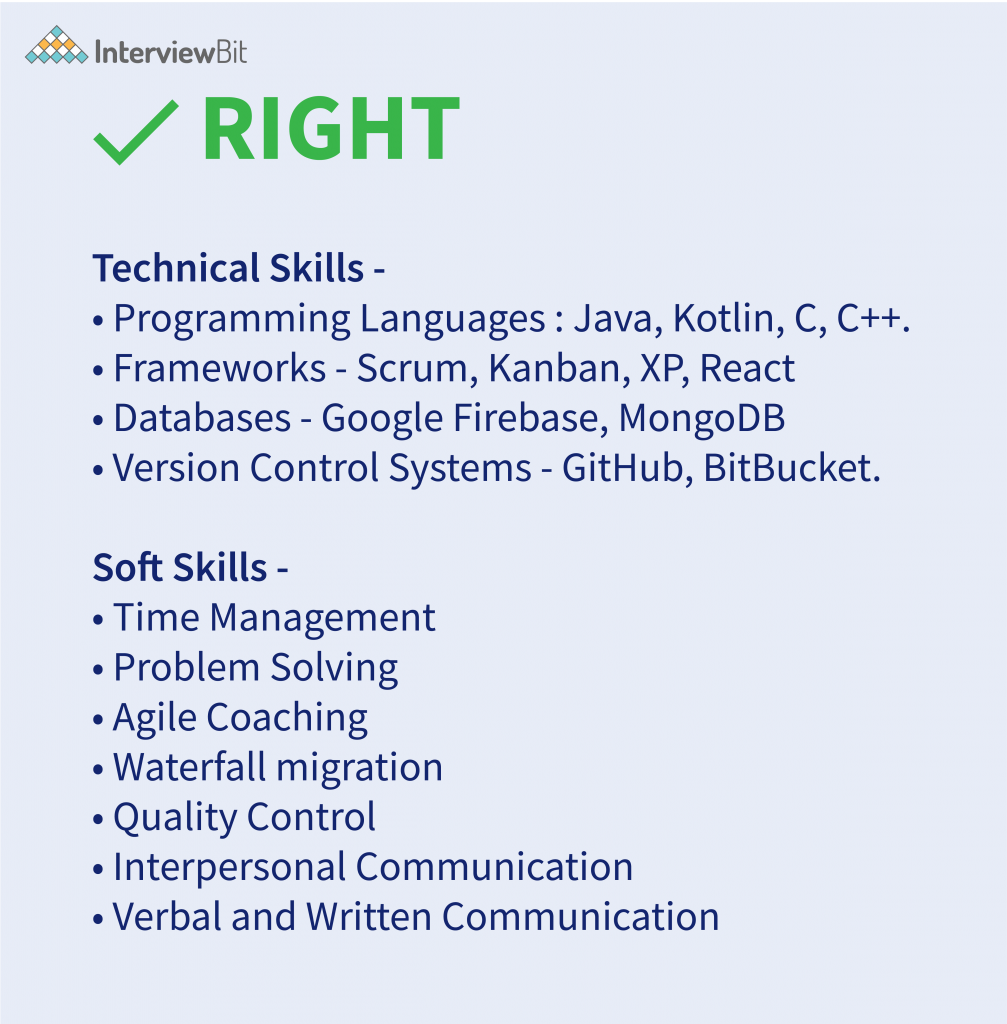
Projects:
In this portion of your resume, you may expect the interviewer to ask you a number of questions about your technical and soft skills. Any scrum-master related projects that show your ability to work on corporate-level challenges and projects should be included. If you haven’t finished any projects yet, you can skip this section. As described in the prior sections, instead of offering broad details, be descriptive and specific about your projects.
Maintaining your Github profile with information about your projects is a smart practice. Interviewers may inquire about your jobs and responsibilities in order to assess your leadership, team management, time management, and other skills.

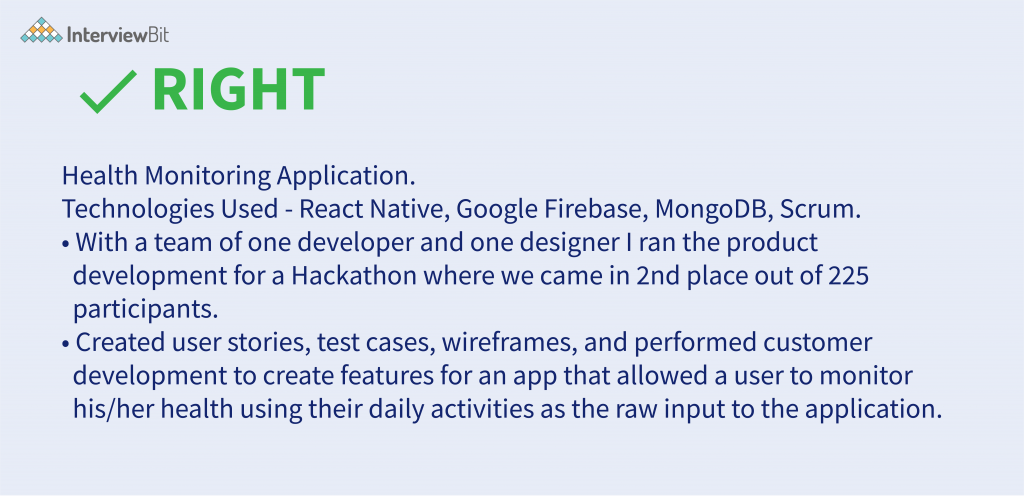
Additional Sections:
Because the end-user is an employer, a resume is a presentation layer. Your interests, hobbies, and languages begin to have less impact on your CV as you get more professional experience as a network engineer. Demonstrating proactive uses of your knowledge can be considered as a sign of initiative whether you are an intern, a recent graduate, or an entry-level employee. If you want your scrum master resume to be highly rated, consider adding a few more parts. The following are the most common which you can add:
Achievements:
This section has the potential to set you apart from the competition. As a result, write a complete list of all the honours you’ve received. If you came in third place in an inter-college web development competition, for example, include the prize, the number of competitors, and, most importantly, what you did in the competition. Show off your gold medal or university ranking from your Bachelor’s degree!
Let’s look at a few examples to help you understand:
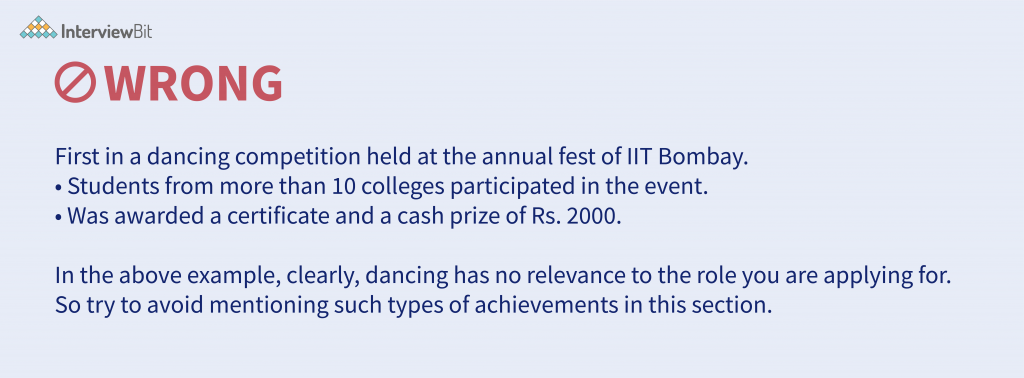
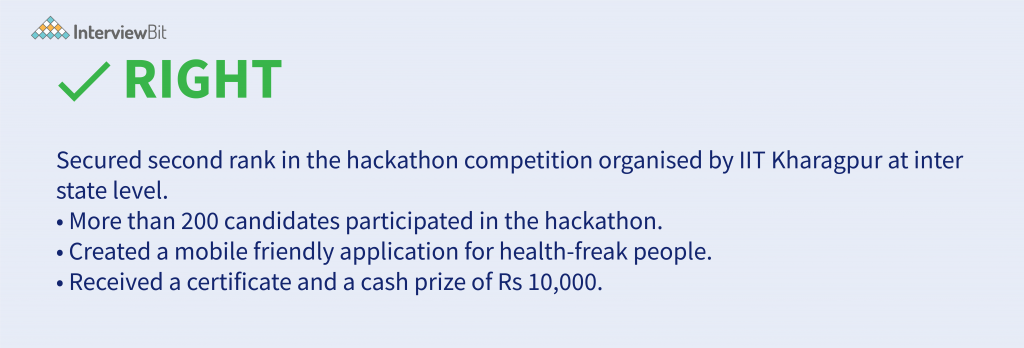
Certifications:
Ensure that your CV contains all of your relevant credentials and licences. Indicate the course’s title, medium of certification, and duration. It’s also a good idea to offer a link to the certification achievement that can be verified.
To better comprehend this, consider the following example:
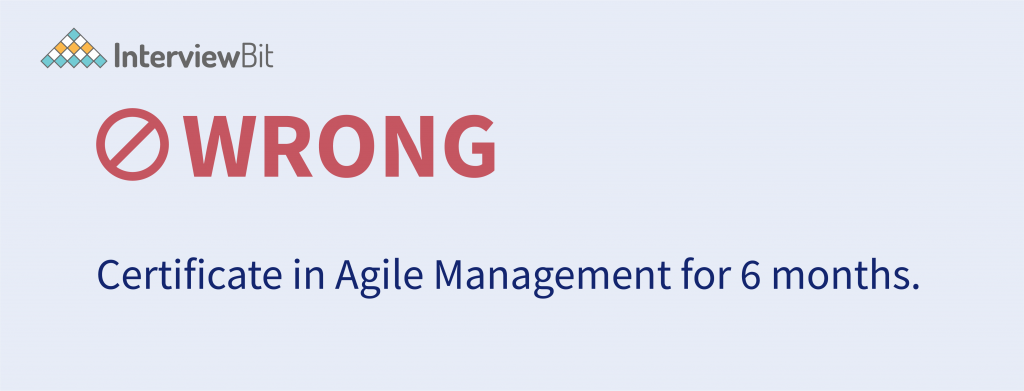

Hobbies and Interests:
“What does it mean for a recruiter to know about my hobbies and interests?” you might wonder. On the other side, your hobbies reveal more about who you are as a person. Include a hobbies section on your resume if space allows as an easy way to display your personality. Before you mention your hobbies and interests on your CV, think about what you’re trying to communicate to potential employers.
Scrum Master Resume Sample
Conclusion – Some Tips:
Here are some pointers to bear in mind while you design your Scrum Master resume: –
- First impressions are crucial, so select a visually appealing yet professional theme for your resume. You can use level bars, checkboxes, and other tools to demonstrate your mastery of a skill. Use bullet points and lists to showcase your CV material in a professional manner.
- Extra points for…a good typeface! The fonts you choose for your resume are crucial. Throughout your resume, utilise the same typeface. Modify the font weights and widths as needed, but never the font styles. Although a calligraphic font is appealing, the recruiter will perceive your CV as Greek and Latin.
- Integrity is the most important trait, thus never include misleading facts on your CV. If you want that job, you’ll have to pull your socks up and work hard for that great project to put on your scrum master CV.
- Don’t include too many personal details in your CV. Always keep in mind what you should add and what you should discard.
- Include information about your projects, certificates, and skills, among other things, in a clear and succinct manner.
- For your resume, choose PDF over DOCX because the former preserves the formatting while the latter alters the alignments.
- Encrypting your resume file should not be done with passwords. Keep it basic and easy to read.
- Use hyperlinks instead of pasting a long URL for the required sections.
- There are AI-driven resume assessment tools available on the internet that you can utilise to evaluate your resumes. Resumeworded, topresume, livecareer, and others are a few websites that can help you review your scrum master developer resume.
- It’s fine if you don’t obtain the best resume the first time around. Take the time to grow as a person and learn new things.
Frequently Asked Questions (FAQs):
Q1. What skills should a scrum master have?
Ans. The following is a list of top skills that a scrum master must have:
- Automation
- Kanban
- Backlog management
- PM tools: JIRA cloud site, nTask, Vivifyscrum
- User stories
- Sprint planning
- Coaching agile practices
- Retrospective meetings
- Release planning
- Agile coaching
- Continuous improvement
- Waterfall migration
- Burndown charts
- Quality control
- Documentation
Q2. What are Scrum Master’s responsibilities?
Ans. The following is a list of responsibilities that a Scrum Master must carry out:
Coach team members: The Scrum Master ensures that team members have received adequate training and are familiar with Agile practises. The Scrum Master also ensures that team members understand their responsibilities, have a sense of project ownership, follow processes, and manage their own teams.
Organize stand-up gatherings on a daily basis:
Daily Scrum, or stand-up, sessions are 15 minutes long and allow each team member to answer the following questions:
- What did you do the day before yesterday?
- What are your plans for today?
- What’s getting in the way of your progress?
Members of the team may be asked to estimate how long it will take them to perform specific tasks. This meeting is hosted by the Scrum Master, who keeps track of the team’s progress and identifies any roadblocks that may prevent the team from finishing tasks. The Scrum Master ensures that all team members are able to attend and participate in the daily meeting, including those who work remotely.
Assist the product owner with the product backlog:
Using the insights gained from daily stand-up meetings, the Scrum master assists the product owner in refining and maintaining the product backlog. The product backlog is an ever-changing record that reflects the current status and development requirements. By arranging meetings and developing user stories, the Scrum master may help with the product backlog.
Remove any obstacles in the team’s way:
The Scrum master searches for distractions and impediments that can obstruct progress to help the team stay focused on the tasks that need to be completed throughout each iteration.
If team members are being dragged into too many unimportant meetings, for example, the Scrum master can engage with meeting organisers to figure out who really needs to be there.
Teach Scrum methods and principles:
A significant Scrum master duty is to act as a mentor and trainer for new employees and team members to guarantee that work does not slow down. As a teacher, the Scrum master assists new team members in comprehending the scope and vision of a product, as well as ensuring that team members are familiar with Scrum theory and follow Scrum practices and standards.
Q3. How do I describe agile scrum experience on my resume?
Ans. Follow a reverse chronological ordering while mentioning your agile scrum experience in the resume. Make sure your resume summary is compelling and includes your relevant experience, facts, and statistics. In the experience area, demonstrate the impact of your efforts and establish yourself as a Scrum Leader. Add credentials and skills to your resume.







 Join WhatsApp Group
Join WhatsApp Group
